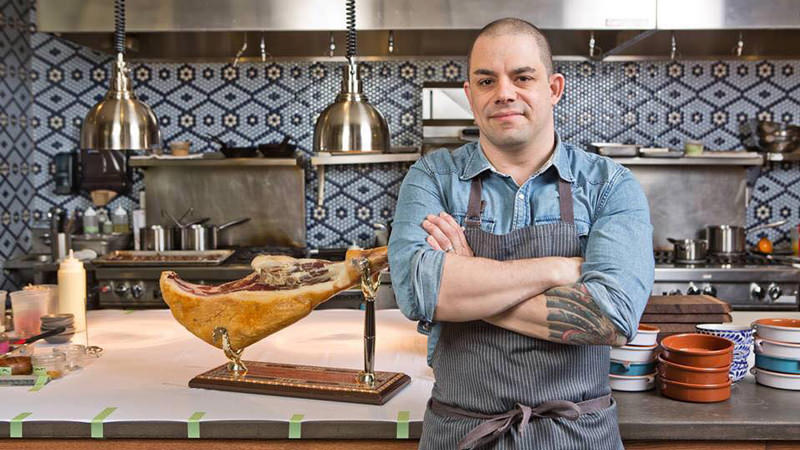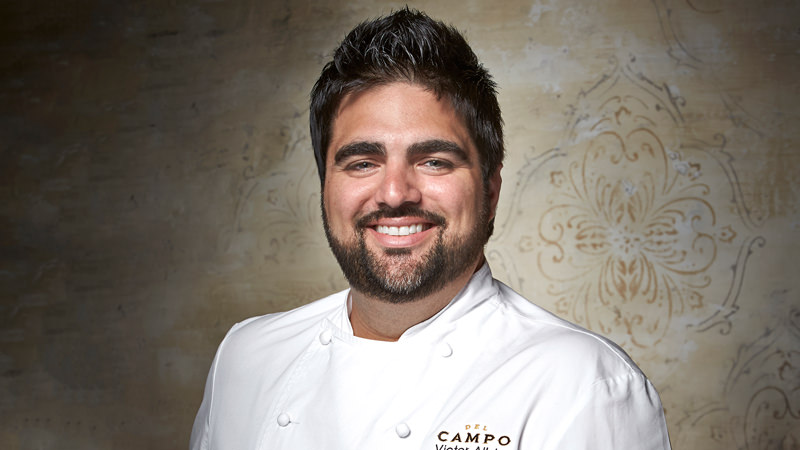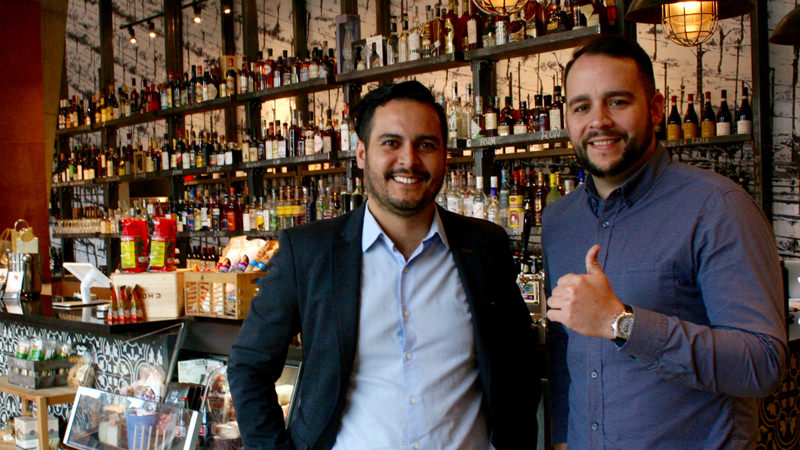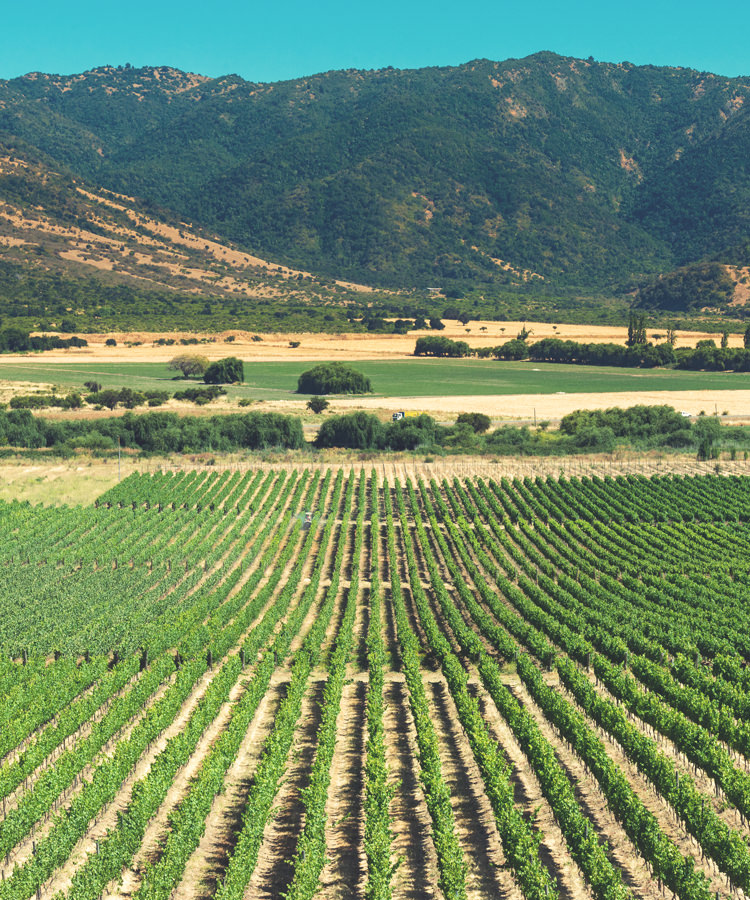Bordeaux, Napa Valley, Tuscany. These are undoubtedly the world’s best-known wine-growing regions. But look beyond the clichéd mainstays and you’ll see that one of the most exciting, diverse, and rapidly expanding grape-growing epicenters is actually below the equator. Way below.
For years, Chile has provided the world with a wealth of Cabernet Sauvignons, Chardonnays, Merlots, and Carmenères (just to name a few) with unparalleled flavor and richness. Now, the country is the largest exporter of New World wine and has received numerous accolades from industry insiders (and our readers). We predict Chilean selections will be on the tip of every wine lover’s tongue and will be sought after by professionals and consumers alike!
Chile’s long and storied viticultural history traces back to the 16th century, and today’s farmers fuse cutting-edge technology with organic, biodynamic agriculture techniques. Across the country, 75 percent of the wineries are sustainably farmed and are expected to reach 100 percent come 2025 —all the better to utilize the area’s centuries-old vines and unique terroir. Fine-wine production started in the late 1800s when Chile imported grapes from France, leading many contemporary drinkers to compare Chilean wines to their counterparts in Bordeaux (but they are usually a fraction of the price).
As older, traditional wineries continue to perfect their crafts, and upstarts launch new labels and styles, the country is in the midst of a resurgence of world-class wines and destination dining experiences attracting epicureans of all types. To help those of us outside Chile appreciate the expanse and dynamism of its winemaking, we reached out to chefs, restaurateurs, and shop owners for their takes.
Jose Salazar

First gaining industry-wide attention for his 2015 James Beard nomination for Best Chef, Great Lakes, Jose Salazar reigns supreme at Mita’s, a 130-seat restaurant named after his grandmother. Offering farm-focused specialties featuring both traditional and fusion dishes inspired by Latin America — from ceviche to artisanal smoked meats — Salazar is a champion of the region’s wine culture. “Chilean wines are very underrated,” he lamented, explaining that varietals like Carmenère aren’t necessarily as recognizable as, say, a Malbec, and therefore tend to go under the radar.
“Chilean reds are robust, so I like to pair them with red meats and heavier pork or poultry dishes, or even oily or meaty fish,” he said, explaining that they can be full-bodied, yet carry “plenty of acidity” to cut through some of the fat and richness of dishes. “They can also be paired with dark chocolates for dessert or roasted root vegetables like beets and carrots. I also think roasted or cooked tomatoes are a perfect match.”
Victor Albisu

When Victor Albisu opened Del Campo, his flagship restaurant in Washington, D.C., he wanted to evoke the estancia, an elegant South American take on the traditional vineyard estate. Here, guests feel like they’ve crossed borders without a passport as they enjoy a menu that features both fine dining and South American street food. Inspired by Albisu’s travels through Latin America, particularly Argentina, Chile, Peru, and Uruguay, its wine selection is heavy on South American varietals (often even decanted in Argentinean carafes).
“A lot of investment has gone into Chilean vineyards, and it’s really paying off,” he explained to us. “They’ve never before exported so much high-quality product.”
Albisu recommended trying a Chilean wine at your next asado, a traditional gathering of friends around the grill. “I like to take a red, maybe a Carmenère, and drink it with a big steak. The herbaceous notes of the wine go along really well with our grilled and smoked ribeye, for example.”
Julio Robledo and Pedro Rodriguez

One of the only U.S. stores specializing in Latin wine, Washington D.C.’s Grand Cata is the brainchild of best friends Julio Robledo and Pedro Rodriguez, who met in 2009 while working at a media development NGO. Setting up shop in 2011, today the pair brings a shared passion for the drink and culinary cultures of their Andean and Caribbean homelands to help Washingtonians discover the joy of Latin vino.
“What’s happening in Chile right now is very exciting,” said Julio, explaining that it’s now trendy to make wine “the way it used to be done, centuries ago.” He also points out that Chile has diversified its grapes and valleys, planting in spots that just a few years ago were unthinkable. He recommends Chilean wine for any occasion, from the everyday to the special and memorable. “That is one of the reasons why we opened Grand Cata,” he said. “We wanted to share with our customers that Chile and all of South America are making terrific wines at the same level of elegance as their Old World counterparts.” He recommended exploring adventurous pairings, like choripán with Pipeño. However, “the important thing is to enjoy.”
